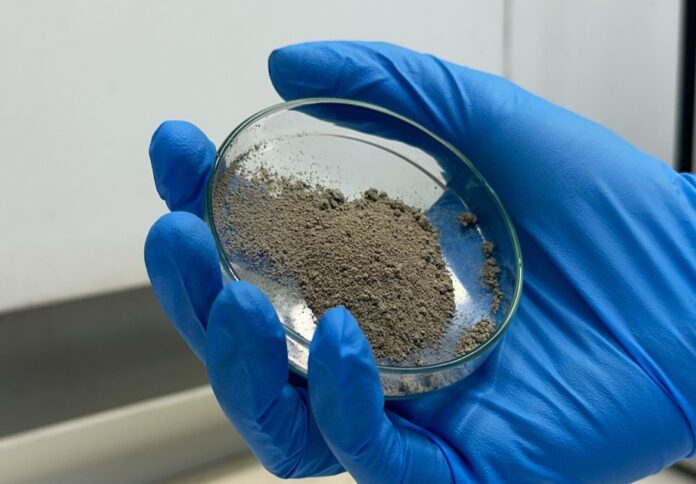
Scientists at RMIT University are employing nanodiamonds to develop intelligent fabrics capable of accelerating the cooling process for individuals.
The research, conducted by experts from the Centre for Materials Innovation and Future Fashion (CMIFF), revealed that cotton fabric treated with nanodiamonds, utilising electrospinning, exhibited a decrease of 2-3 degrees Celsius in cooling compared to untreated cotton.
Published in Polymers for Advanced Technologies, the study also highlighted the significant cooling capabilities of fabric treated with nanodiamonds.
Lead researcher Dr Shadi Houshyar underscored the significant potential to apply these findings in developing innovative textiles.
She emphasised the opportunity to create specialised garments for sports enthusiasts and essential protective gear, like cooling underlayers for firefighters.
“While 2 or 3 degrees may not seem like much of a change, it does make a difference in comfort and health impacts over extended periods and in practical terms, could be the difference between keeping your air conditioner off or turning it on,” Houshyar said.
“There’s also potential to explore how nanodiamonds can be used to protect buildings from overheating, which can lead to environmental benefits,” she added.
Contrary to common misconceptions, nanodiamonds differ from conventional diamonds used in jewellery.
Dr Houshyar clarified, “They’re actually cheap to make — cheaper than graphene oxide and other types of carbon materials.”
“While they have a carbon lattice structure, they are much smaller in size. They’re also easy to make using methods like detonation or from waste materials,” Dr Houshyar noted.
Explaining the process behind the creation of nanodiamond-coated textiles, lead researcher Dr Aisha Rehman stated that the application of nanodiamond coating was intentionally limited to one side of the fabric. This measure aimed to prevent the transfer of atmospheric heat back to the body.
Dr Rehman emphasised that applying the nanodiamond coating to only one side of the fabric prevents heat from the environment from transferring back to the body, enhancing the cooling effect.
“Nanodiamonds are also biocompatible, so they’re safe for the human body. Therefore, it has great potential not just in textiles, but also in the biomedical field,” Rehman said.
While further research is needed to assess the durability of nanodiamond-coated textiles, the simplicity and efficiency of the electrospinning process hold promising commercial prospects.
Dr Houshyar emphasised the importance of ongoing research to explore the full potential of this innovative technology.














